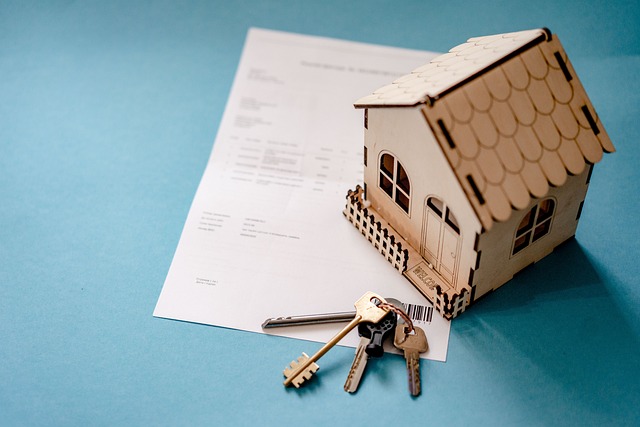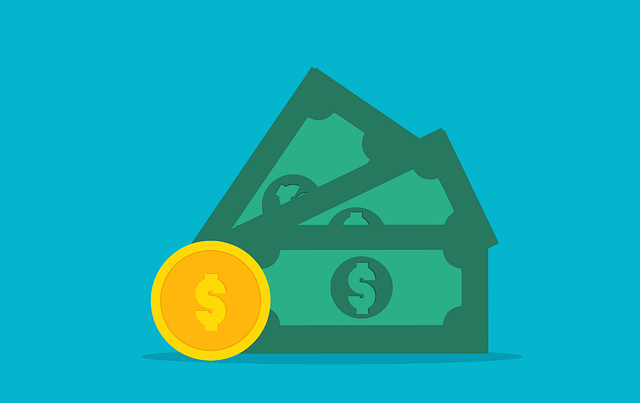In real estate, identifying renovation potential involves keen observation and strategic thinking. By assessing unique property characteristics and leveraging market trends, local regulations, and design aesthetics, professionals guide clients towards profitable renovations. Staying ahead requires monitoring trends, keeping up with design styles, material costs, and zoning regulations to maximize return on investment. A thorough assessment of a property's current state and age is crucial before embarking on renovations, guiding future improvements and aligning investments with realistic expectations in the dynamic real estate market.
In today’s competitive real estate market, understanding the potential for renovations is key to unlocking significant property value. This article guides you through the process of identifying renovation opportunities, from assessing market trends and property condition to exploring neighborhood dynamics. We delve into common projects like kitchen and bathroom remodels, room additions, and exterior enhancements, highlighting their impact on property values. Additionally, we navigate legal considerations and cost-benefit analysis to ensure your real estate investments yield substantial returns.
Identifying Potential for Renovations in Real Estate

Identifying potential for renovations in real estate involves a keen eye and strategic thinking. Property owners and investors can uncover significant value by assessing the unique characteristics of a space. From architectural quirks to outdated finishes, every aspect of a property tells a story—one that may hint at hidden opportunities. For instance, an older home might benefit from modern updates to its kitchen or bathrooms, while a commercial building could be revitalized through smart design choices and technology integration.
Real estate professionals play a crucial role in recognizing these possibilities. They understand market trends, local regulations, and design aesthetics, enabling them to guide clients toward the most profitable renovation paths. By combining intuition with data-driven insights, they help transform properties into desirable assets that cater to evolving buyer preferences, ultimately enhancing their value in the competitive real estate market.
– Understanding market trends and property values

Staying ahead in real estate renovations requires a keen understanding of market trends and property values. By closely monitoring local and regional real estate markets, homeowners and contractors can make informed decisions about which improvements will yield the best return on investment. Keeping up with the latest design styles, material costs, and zoning regulations is also crucial for ensuring that renovation projects align with current market demands.
This knowledge enables homeowners to prioritize renovations that not only enhance the aesthetics of their properties but also increase their overall value. For instance, popular trends like energy-efficient upgrades, smart home technology integration, and outdoor living spaces have become increasingly sought-after by buyers, driving up property values in markets where these features are prevalent. Understanding these dynamics allows both homeowners and real estate professionals to navigate the competitive landscape effectively.
– Assessing the condition and age of the property

Before diving into renovations, it’s crucial to assess the property’s current state and age. In real estate, understanding these factors is key for informed decisions. Inspecting the structure, foundation, and overall integrity reveals the extent of any necessary repairs or updates. Older homes may require specialized attention due to potential materials and design flaws that could impact costs and the scope of work.
This initial evaluation guides future improvements, ensuring investments align with the property’s capabilities. For instance, assessing age can help determine if certain systems, like electrical wiring or plumbing, need replacing, influencing both renovation plans and budget considerations in the dynamic real estate market.






